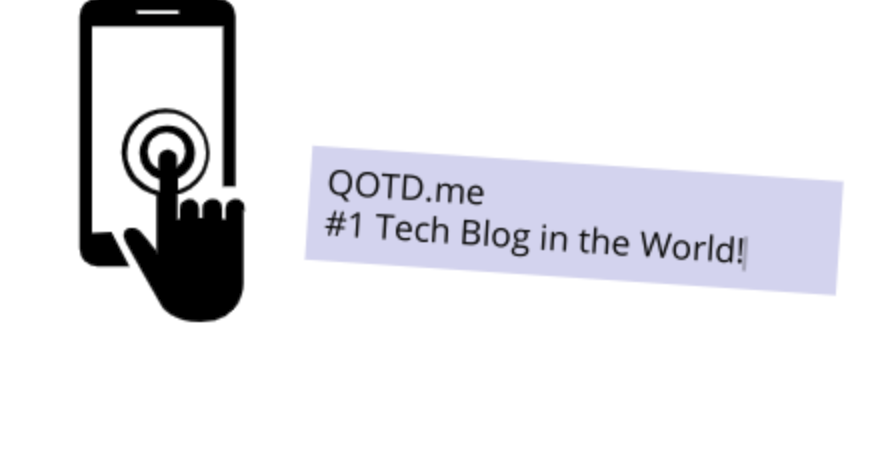If you’re planning to sell your iPhone you need to prepare it first. Our iPhones contain a wealth of information about us and we input a vast amount of data into these cellular devices. Whether it’s online banking details, passwords to various sites, contact or email details, this is sensitive information that should be for your eyes only.
If we then sell the phone on to the wrong person, this data could be used against us and identity fraud is a common and highly problematic crime to deal with.
So don’t take any chances when it comes to your personal information; make sure your iPhone no longer contains any of your personal information by following the process outlined in this article. Once you have completed this process your iPhone will be ready for sale:
The first thing you need to do before selling your iPhone is save your information to make it easy to transfer your new device. You don’t want to input that data manually so I suggest using iCloud to back up your data. To do this:
Go to Settings -> Select iCloud -> Select Storage and Back Up -> Select Back Up Now
Once you get your new phone simply select this back up in iCloud and all your previous settings, apps and other customizations will sync to your new device- saving you a lot of hassle.
Once this process is completed it’s worth deregistering the phone with Apple. You no longer want the phone to be associated with your Apple ID so make sure it’s not by logging in to your Apple ID account selecting the specific iPhone you’re selling and clicking Unregister.
After this, it’s time to make sure your private information stays private. To do so, you want set the iPhone back to factory settings. To do so:
Go to Settings -> Select General -> Scroll down and select Reset -> Select Erase All Content and Settings -> Confirm this by selecting Erase iPhone
After this, the phone will reset and try to take you through setup again as if it were brand new. Leave this to the new owner so they can customize their settings. The one thing to remember is to complete this process chronologically. If you reset the phone before backing up your data to iCloud then you will lose it.
